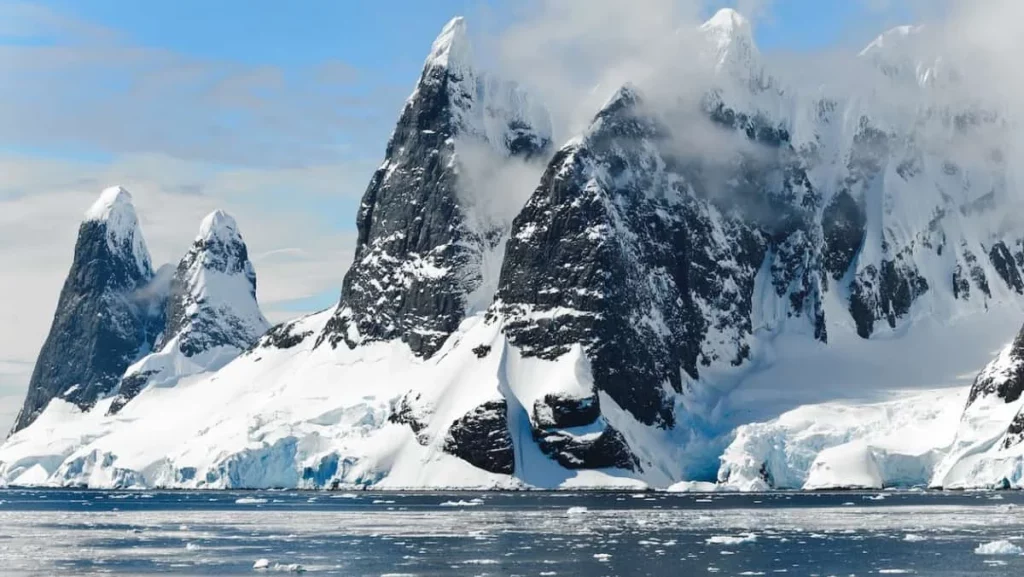Revealing the Past: 1940s Marked the Beginning of West Antarctica’s Glacial Retreat
Recent studies by researchers from the University of Houston and British Antarctic Survey have unveiled that the significant retreat of West Antarctica’s glaciers, including the Thwaites and Pine Island Glaciers, began in the 1940s. This discovery challenges previous assumptions about the timing of glacial retreats in the region and offers new insights into the long-term impacts of climate change on Antarctic ice sheets.
A Historical Shift Triggered by Climate Patterns
The research indicates that an extreme El Niño event in the 1940s, which led to increased temperatures in the West Antarctic region, may have initiated the glaciers’ retreat. Despite the temporary nature of this climate pattern, the glaciers have continued to recede, contributing significantly to global sea-level rise. This ongoing retreat underscores the delicate balance of the Antarctic ice system and its sensitivity to external environmental changes.
Innovative Research Techniques Uncover New Evidence
Utilizing advanced marine sediment core collection and analysis techniques, the research teams were able to reconstruct the historical progression of these glaciers. By examining sediment layers that date back to the early Holocene, scientists gained a clearer understanding of how and when these significant changes began. This methodology highlights the importance of geological records in studying climate change impacts.
Implications for Future Sea-Level Rise
The findings of this study not only provide a clearer timeline of glacial retreat but also emphasize the ongoing and potentially irreversible nature of ice loss in the Antarctic region. As these glaciers play a crucial role in regulating global sea levels, understanding their history and the factors driving their change is vital for predicting future sea-level rise and developing strategies to mitigate its impact.






